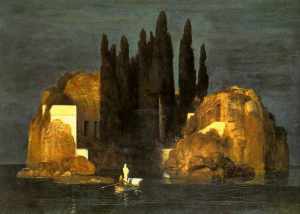What a joy to spend an afternoon at Tate Modern’s major retrospective of Agnes Martin. Of particular fascination are the parallels with yet stark deviations from Minimalism, the tension between form and medium and expressive yearning.
Martin’s approach to color reinforces her formal restraint, yet paradoxically opens up a vast new dimension of sensual intensity. Nowhere is this more apparent than in the cycle of twelve paintings, The Islands.
These variants on Martin’s signature grids, in white, create an unsurpassably beautiful experience. Their contemplative serenity left me almost snow blind, dizzy, visually drunk. Readjusting to the “normal” white of the walls, the everyday noises of shoes echoing, becomes a challenge. How to decompress?
Martin on her art:
My paintings have neither objects nor space nor time nor anything – no forms. They are light, lightness, about merging, about formlessness, breaking down form.
Without awareness of beauty, innocence and happiness,one cannot make works of art.
Filed under: aesthetics, art, painting



